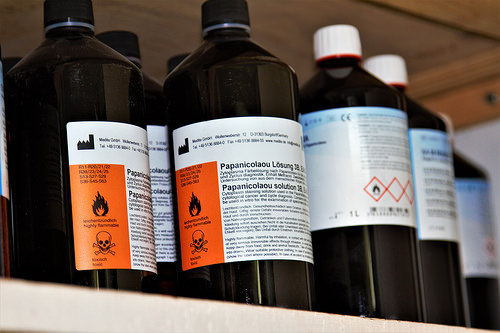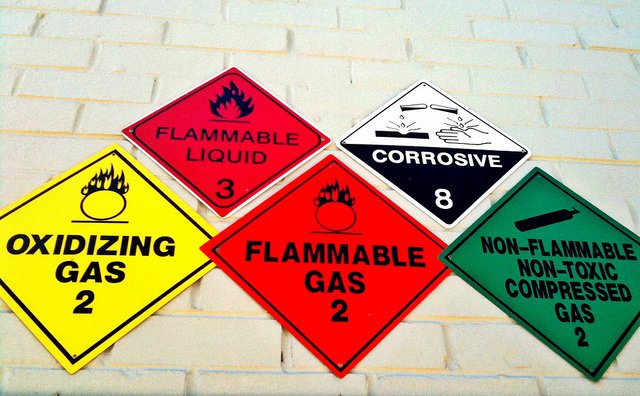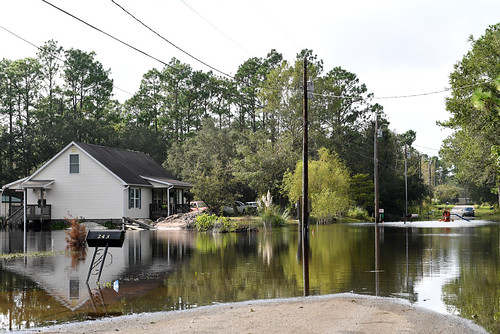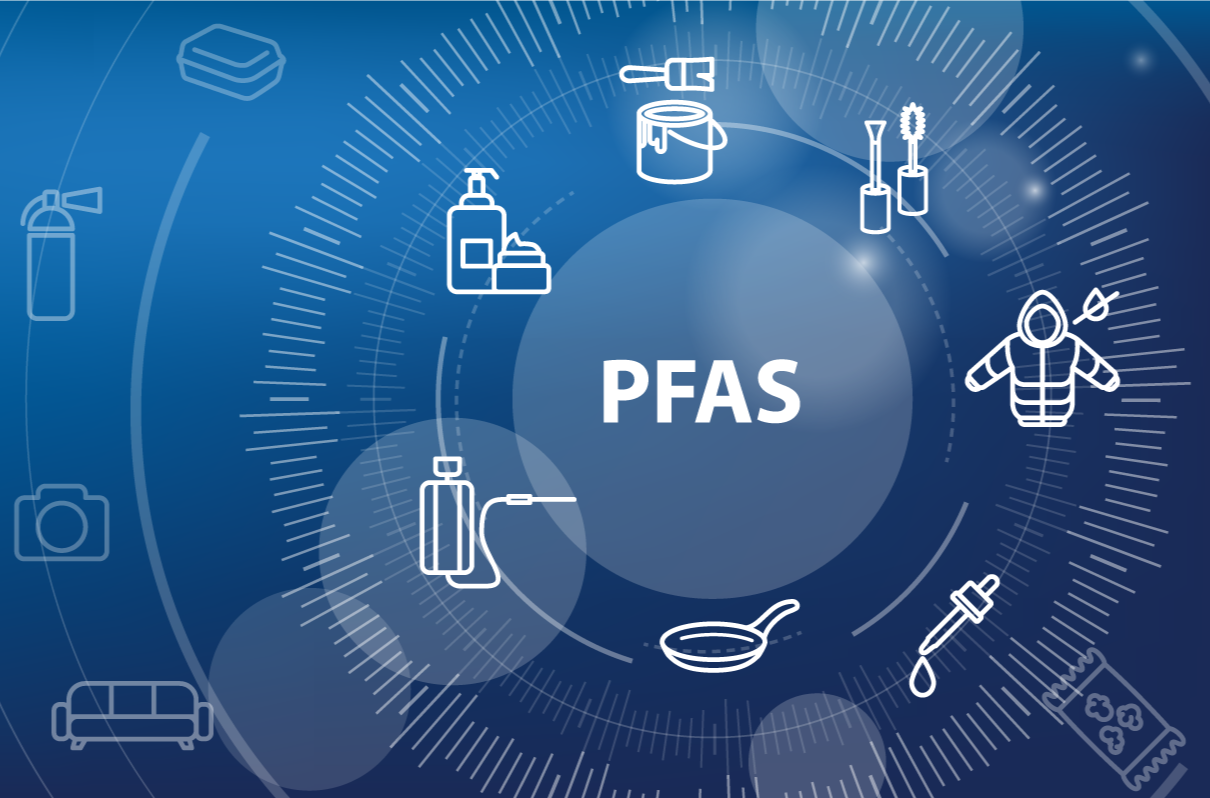On August 30, the Occupational Safety and Health Administration (OSHA) published its proposal to adopt a new Heat Injury and Illness Prevention Standard (29 CFR 1910.148) covering most OSHA-regulated employers. This rulemaking expands OSHA’s ongoing efforts to protect workers against heat hazards; previously, the agency has emphasized that known heat hazards trigger the Employer’s General Duty Clause (I wrote about OSHA’s National Emphasis Program for both outdoor and indoor workplaces HERE ).
Read MoreAudit, Compliance and Risk Blog
Jon Elliott
Recent Posts
Tags: Health & Safety, OSHA, Safety and Health at Work, workplace safety, Heat, Be Heat Smart
Canada has just imposed restrictions against false or misleading statements made in marketing or other materials regarding the environmental impacts and benefits of goods and services -- “greenwashing.” These provisions were adopted as amendments to the Competition Act, enacted as part of the Government’s omnibus “Fall Economic Statement Implementation Act, 2023” (Bill C-59), which received royal Assent on June 20.
Read MoreTags: Environmental risks, Environmental, Environmental Projects, Environment, Environmental Policy
In July, the US Environmental Protection Agency (EPA) issued the fifth edition of its periodic Climate Change Indicators report, focusing on Indicators related to the human health and societal impacts of climate change. While this 96-page report provides broad policy discussions, it applies data which calibrate ongoing changes that organizations can use to support evaluations of the possible impacts of these changes on their ongoing activities and future prospects. The remainder of this note summarizes EPA’s latest indicators, and how they can be relevant to organizational planning and decision-making.
Read MoreTags: Environmental, EPA, climate change, Environment, Environmental Policy, Climate, environmental protection
EPA proposes TSCA review of five potential high hazardous substances
Posted by Jon Elliott on Fri, Aug 16, 2024
The 2016 amendments to the Toxic Substances Control Act (TSCA) added procedures for the Environmental Protection Agency (EPA) to evaluate risks presented by existing chemicals using the latest scientific information – including information developed after a chemical entered use in the US. Based on these reviews, EPA is to update its regulatory requirements, ranging from labeling-only through use restrictions up to and including bans from further distribution and use. (I summarized these review requirements HERE ). Beginning in November 2019, EPA regularly announces new chemical reviews, and subsequently the results of these reviews. (I wrote about the first review announcement HERE ). On July 25, 2024 EPA published a formal proposal to review 5 additional chemicals for designation as High-Priority Substance subject to strict controls under TSCA. The rest of this note identifies these proposed chemicals.
Read MoreTags: Health & Safety, Environmental risks, Environmental, EPA, tsca, Hazardous Waste, Environment, Hazardous Chemicals, Hazardous Material
California adds heat protection rules for indoor workplaces
Posted by Jon Elliott on Wed, Aug 07, 2024
This summer has again brought record-breaking heat to parts of North America. Outdoor work in the summer sun can lead to heat illness, as can indoor work in spaces that aren’t sufficiently insulated or cooled. Since 2005, California's Division of Occupational Safety and Health (Cal/OSHA) administers detailed regulatory requirements for outdoor workplaces; other jurisdictions have since adopted similar requirements (I wrote about these HERE). Indoor workplaces have been considered, too (the federal Occupational Safety and Health Administration (OSHA) initiated a National Emphasis Program for both outdoor and indoor workplaces in 2021, which I wrote about HERE). On July 23, 2024, California adopted new requirements governing indoor workplaces (8 California Code of Regulations (CCR) 3396), which I discuss in the rest of this note.
Read MoreTags: OSHA, Safety and Health at Work, workplace safety, Heat Wave, Heat, Be Heat Smart
Federal Court confirms Superfund liability for arrangers that didn’t know their materials were hazardous
Posted by Jon Elliott on Fri, Jul 19, 2024
The federal Superfund law (Comprehensive Environmental Response, Compensation, and Liability Act (CERCLA) of 1980) defines broad categories of parties who might be deemed responsible for chemical contamination (“responsible parties”) and liable to pay for some or all the costs o cleaning up. Nearly 45 years after CERCLA was first enacted, a federal Court of Appeals has confirmed for the first time that a party that “arranges for” disposal can be liable for cleanup costs
, even if there’s no evidence that the party knew that the materials being disposed were hazardous. Although this ruling is consistent with the statutory text and decades of practice, it’s still the first formal ruling by an Appeals court (68th Street Site Work Group v. Alban Tractor Co.). The rest of this note summarizes “arranger-for” liability, and this case.
Read MoreTags: Health & Safety, EPA, Safety and Health at Work, CERCLA, Hazardous Chemicals, Hazardous Material
In June, the US Occupational Safety and Health Administration (OSHA) and other federal agencies reacted to flooding in Florida by re-highlighting existing guidance to support preparation for potential flooding this summer, and to respond when it occurs. OSHA’s guidance is directed at employers, while the National Weather Service (NWS) provides more generalized guidance and the Centers for Disease Control and Prevention (CDC) target families. The rest of this note summarizes this timely information, centering on OSHA’s offerings.
Read MoreTags: OSHA, Environmental risks, Environmental, CDC, Environment, Environmental Policy, NWS
OSHA requirements for employers’ emergency response activities
Posted by Jon Elliott on Wed, Jul 10, 2024
The Occupational Safety and Health Administration (OSHA) establishes Emergency Response planning, training, and procedure requirements for employers, as one self-contained part of its multi-pronged Hazardous Waste Operations and Emergency Response (HAZWOPER) Standard (29 CFR 1910.120). This note describes these requirements, and places them in the context of a variety of emergency response planning requirements.
Read MoreTags: Health & Safety, OSHA, Safety and Health at Work, workplace safety, Hazardous Waste
EPA designates two perfluoro “forever chemicals” as Superfund hazardous substances
Posted by Jon Elliott on Mon, Jul 01, 2024
On May 8, 2024, the Environmental Protection Agency (EPA) published rule revisions adding two perfluoro chemicals -- Perfluorooctanoic Acid (PFOA) and Perfluorooctanesulfonic Acid (PFOS) – as hazardous substances under the federal Superfund law (Comprehensive Environmental Response, Compensation, and Liability Act (CERCLA)). This listing is the latest regulatory action by EPA tightening controls on per- and poly-fluoroalkyl substances (PFAs); the initiatives are covered under the agency’s “PFAs Strategic Roadmap: EPA’s Commitments to Action 2021—2024,” promulgated in October 2021. The remainder of this note describes the latest action, which finalizes a proposal issued in August 2021 (which I wrote about HERE).
Read MoreTags: Environmental risks, Environmental, EPA, chemical safety, CERCLA, Environment, PFAS, PFOS
US Government issues policy and principles for voluntary carbon markets
Posted by Jon Elliott on Thu, Jun 27, 2024
On Mrbonbonay 28, the Biden administration issued a “Joint Statement of Policy and new Principles for Responsible Participation in Voluntary Carbon Markets, presenting the U.S. government’s approach to advancing Voluntary Carbon Markets (VCMs). The new document was signed by the Treasury Secretary, Agriculture Secretary, Energy Secretary, Senior Advisor for International Climate Policy, National Economic Advisor, and National Climate Advisor, whose responsibilities are most relevant.
Regulatory and market-based programs are steadily increasing opportunities for entities to contract with projects that reduce emissions of carbon dioxide and other greenhouse gases (GHGs), and to claim credit for those “carbon offsets” or “carbon credits.” Some such claims are used to satisfy formal air quality and GHG reduction requirements, while others are touted to enhance entities’ “green” credentials. Programs around the globe compile such claims, and some provide third party validations – but possible “greenwashing” of unjustified claims remains a significant concern. The new VCM Policy and Principles provide federal guidance and expectations. The remainder of this note summarizes the policy perinciples presented in the new Policy.
Read MoreTags: Environmental risks, Environmental, ghg, Environment, Environmental Policy, Joe Biden, VCMs, Carbon markets










